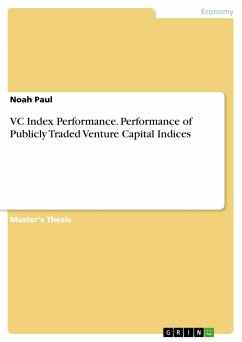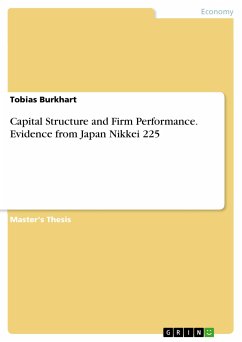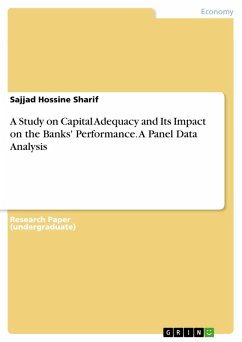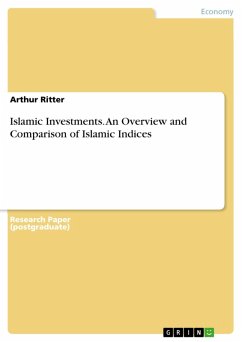Master's Thesis from the year 2021 in the subject Business economics - Investment and Finance, grade: 8.1/10, TiasNimbas Business School, course: Investment Management, language: English, abstract: The purpose of this study is to examine the performance of publicly traded Venture capital indices. As these indices have become available to the public in 2012, allowing investors globally to gain exposure to the Venture Capital asset class. It is of note that the indices were conceived in 1996 but only became available to the public in 2012. This raises the question if these Index funds are able to provide attractive returns or even beat the market. In order to answer this question archival price datasets have been extracted for VC indices, various benchmark indices and analyzed using the Sharpe ratio and Jensen's alpha. The data extracted covers a 25 year time frame from 1995-2021 and is extracted in both monthly and annual time intervals. Using this approach the research finds that one of the VC indices exceeds market risk adjusted returns in terms of the Sharpe ratio and Jensen's alpha in net and gross returns. This finding contradicts the academic theory and should not be possible. The other VC index show significant underperformance using both measures. To conclude it is not possible to make any general statements using the present sample In regard to VC index performance. Therefore it is suggested that further empirical research is conducted using a larger sample of VC indices, while the outperformance of the TRVCINX is also investigated as it stands in contrast to the academic literature.
Dieser Download kann aus rechtlichen Gründen nur mit Rechnungsadresse in A, B, BG, CY, CZ, D, DK, EW, E, FIN, F, GR, HR, H, IRL, I, LT, L, LR, M, NL, PL, P, R, S, SLO, SK ausgeliefert werden.









